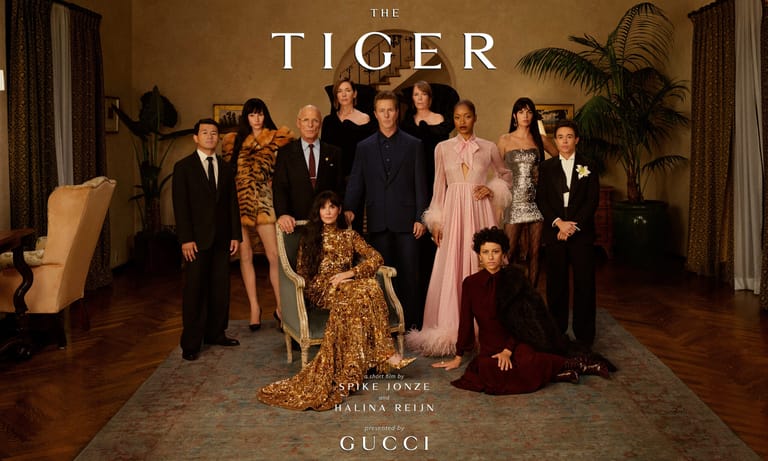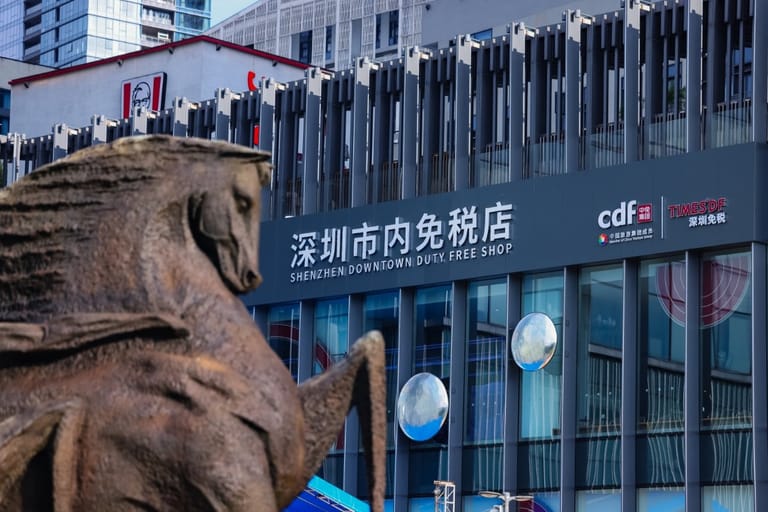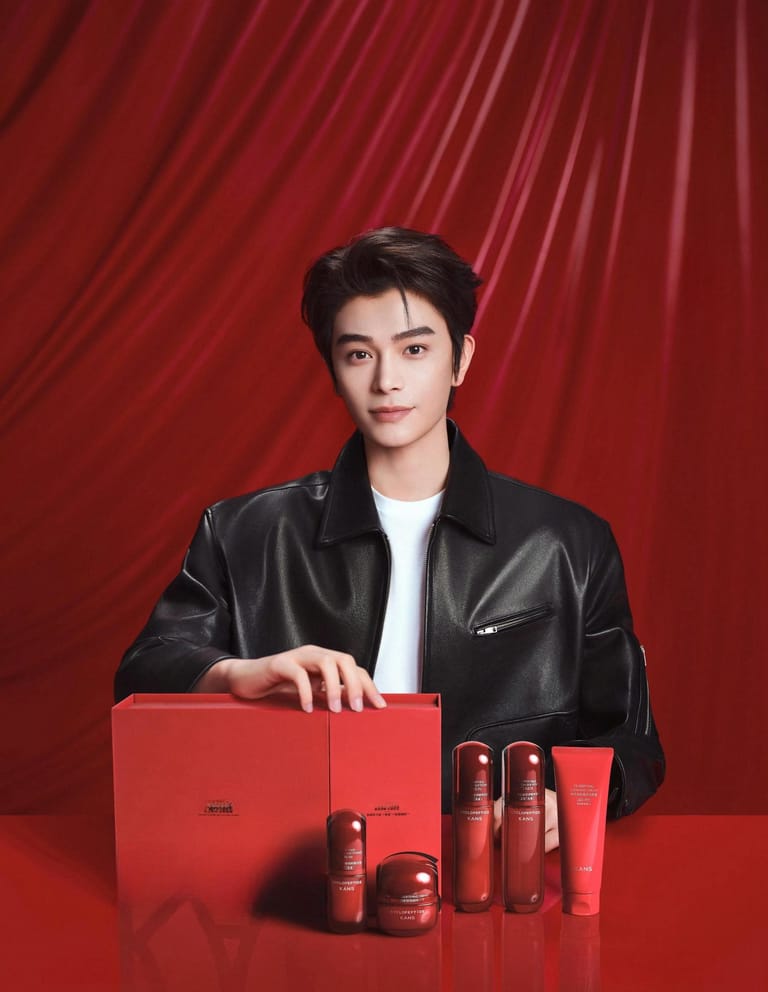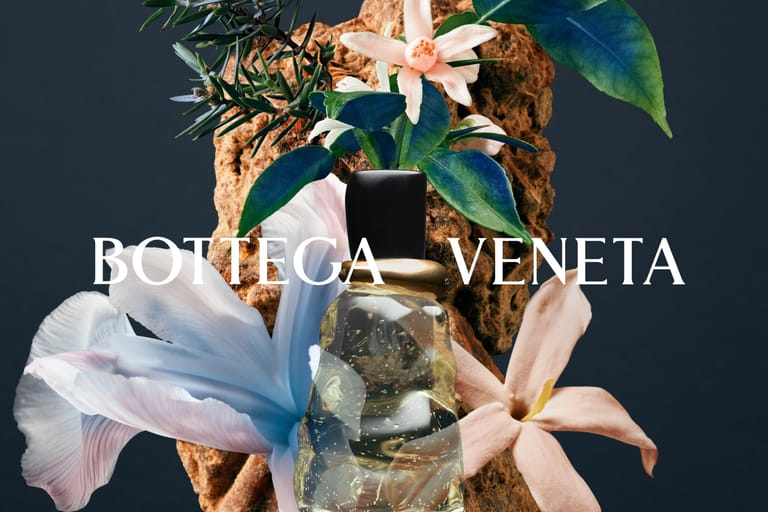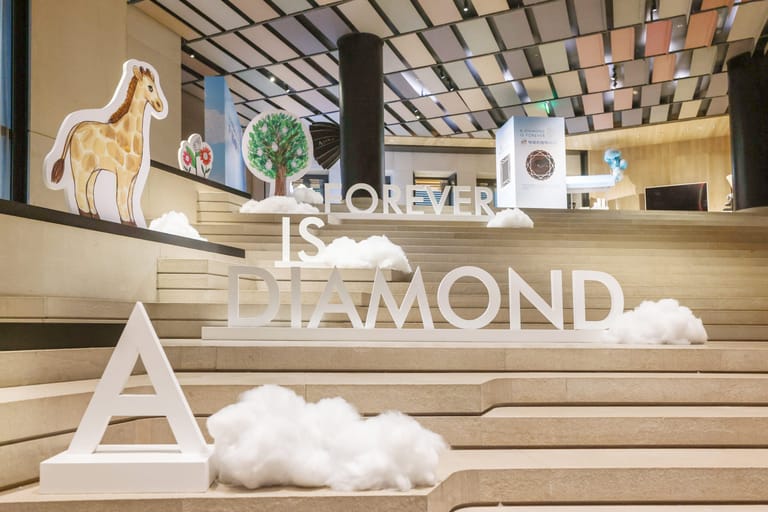Monday Briefing: China’s Luxury Reset in Travel, Outdoor Prestige, and Retail Retreat
By
Wenzhuo Wu

Published on
March 3, 2025
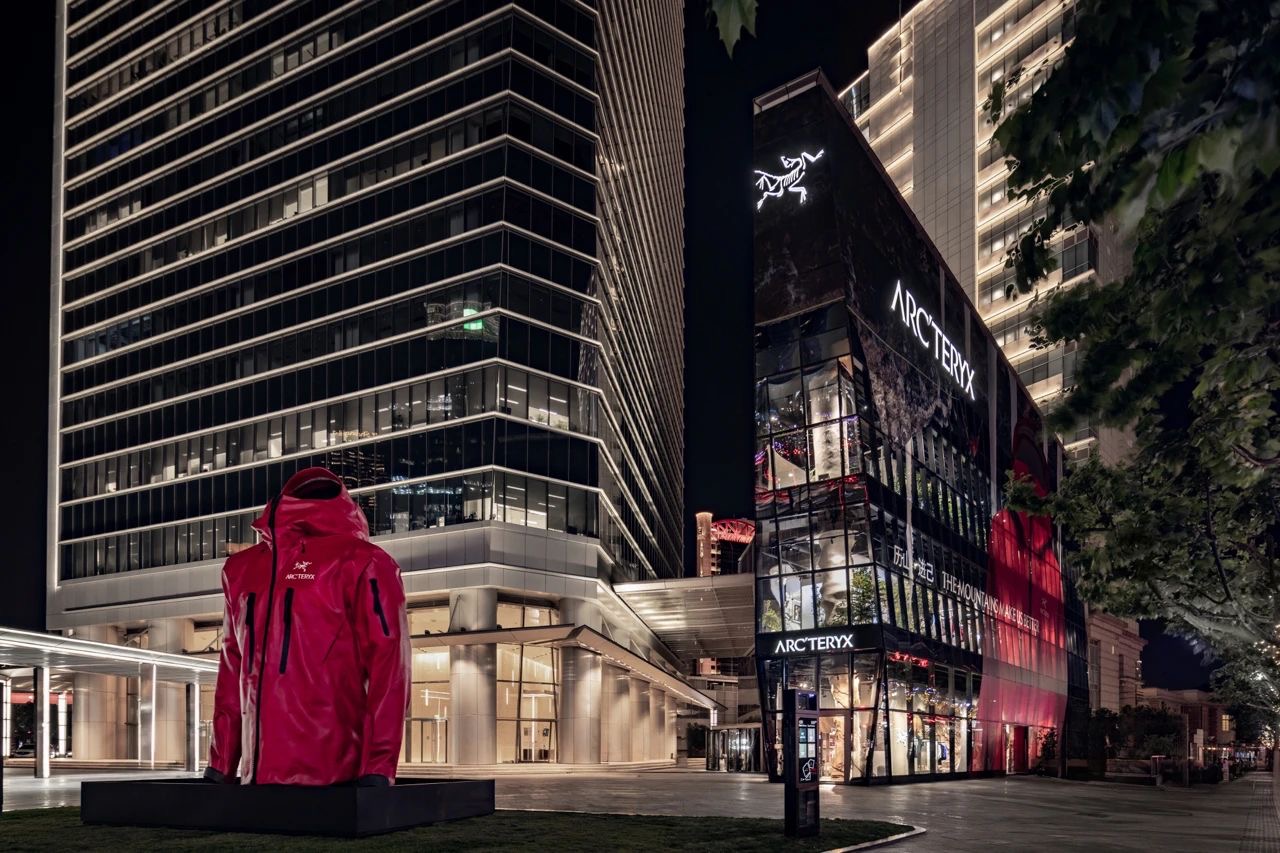
Start your week with sharp analysis and fresh insights into China’s latest cultural, luxury, and consumer trends. Monday Briefing connects the dots between local shifts and global repercussions, highlighting relevance to the luxury market, business strategies, and modern lifestyle trends shaping our world today.
Over the past week, three key developments—Amer Sports’ soaring sales in China, Trip.com’s booming travel figures, and luxury brands’ ongoing retail recalibration—have offered a revealing snapshot of how Chinese consumer priorities are evolving. Together, they underscore a shift toward experience-driven consumption, where function, exclusivity, and emotional engagement increasingly dictate spending behavior.
From Performance to Prestige: The Rise of Outdoor Luxury
Amer Sports, the parent company of Arc’teryx and Salomon, posted 53.9 percent year-on-year growth in Greater China in the fourth quarter, far outpacing its performance in other regions. This surge reflects a deeper transformation in how luxury-adjacent consumers in China are embracing outdoor brands—not just for technical utility but as symbols of status and cultural identity.
The “gorpcore” trend, once the domain of hardcore mountaineers, has evolved into a lifestyle statement among China’s affluent youth. Arc’teryx’s high-performance jackets, which can cost as much as a designer handbag, have become luxury must-haves, while Salomon’s trail-running shoes have transcended their niche origins to become an urban fashion staple. Crucially, this demand transcends male consumers—brands are increasingly catering to women and younger shoppers, further broadening their market appeal.
For traditional luxury houses, this presents both a challenge and an opportunity. The era of status-driven dressing dominated by logo-centric goods is giving way to a more functional, experience-led approach. Luxury brands seeking to maintain relevance must rethink how they integrate performance, exclusivity, and lifestyle into their offerings, whether through material innovation, outdoor-inspired capsule collections, or strategic collaborations with adventure-focused labels.
The Travel Revival Reshapes Luxury’s Global Playbook
While outdoor gear is booming at home, Chinese consumers are also increasingly spending abroad. Trip.com’s latest earnings report revealed a 20 percent annual revenue jump, driven partly by a resurgence in outbound travel, with overseas hotel and flight bookings exceeding pre-pandemic levels by 20 percent in the fourth quarter. The reopening of international travel corridors, particularly with the expansion of China’s visa-free agreements, has reignited luxury shopping tourism.
This recovery has direct implications for luxury retailers worldwide. Paris, Milan, Tokyo, and Seoul—key destinations for Chinese luxury shoppers—will need to recalibrate their strategies to once again cater to high-spending Chinese tourists, who are known to seek out exclusive products, VIP services, and personalized in-store experiences. Meanwhile, the rise in inbound tourism to China, particularly from visa-free markets, signals new opportunities for luxury hospitality, experiential retail, and destination-driven collaborations aimed at global visitors.
The underlying trend is clear: Travel is once again a defining factor in how, where, and why China’s affluent consumers spend. The brands that successfully integrate a seamless omnichannel experience—bridging international flagship stores, localized marketing, and travel retail—will be best positioned to capture this renewed momentum.
Luxury Retail’s Great Retreat: Why Less Is More
Yet, even as outbound travel picks up, a growing number of luxury brands are recalibrating their retail footprints in China, shifting focus away from secondary malls and toward flagship stores in top-tier locations. In February alone, more than 10 global luxury brands—including Gucci, Prada, Valentino, and Zegna—closed non-landmark stores in China as part of a broader industry consolidation.
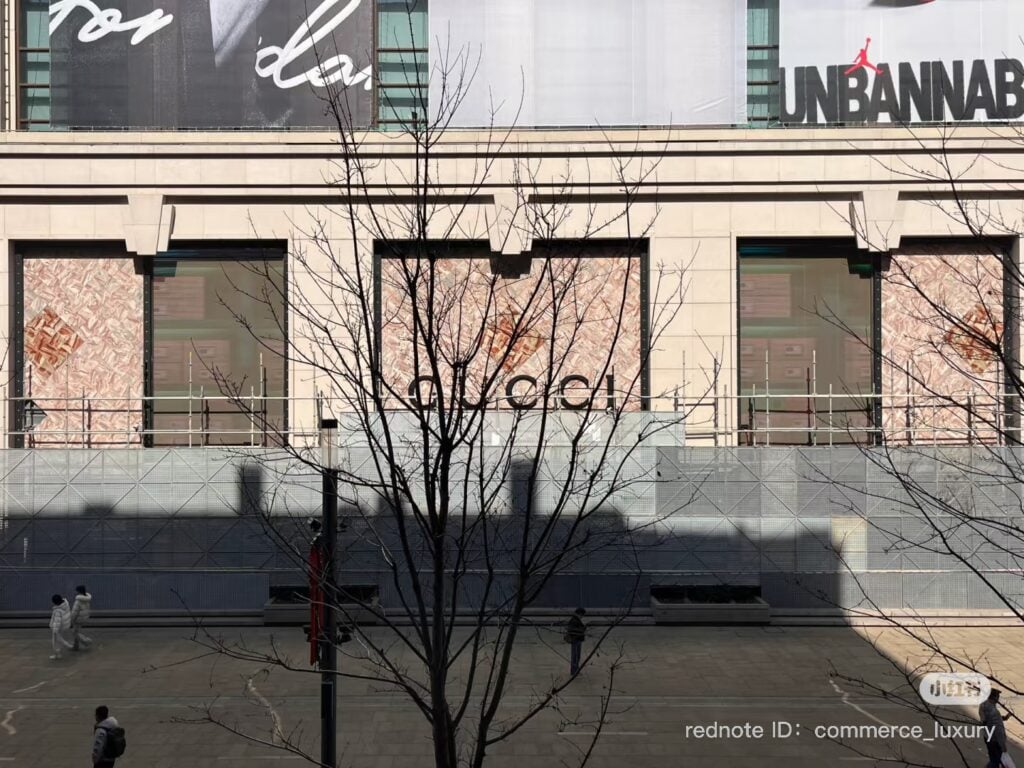
This reflects a fundamental shift in luxury’s China strategy. Instead of chasing rapid expansion, brands are now prioritizing exclusivity and experiential engagement, betting on fewer but higher-impact locations. The move aligns with evolving consumer behavior, where foot traffic to mainstream malls has declined in favor of immersive retail spaces, invitation-only experiences, and direct-to-consumer digital interactions.
In a market where brand desirability hinges more on scarcity than abundance, this retreat is less a sign of weakness than a strategic pivot. The focus is now on creating flagship destinations that elevate brand perception, whether through architectural innovation, private client services, or curated lifestyle hubs.
The Bigger Picture: Experience Over Excess
These developments highlight a critical transformation in China’s luxury market: Status is not just about ownership but about experience. Consumers are shifting their spending toward products and services that offer emotional engagement, exclusivity, and cultural resonance—whether it’s through the prestige of high-performance outerwear, the allure of travel-fueled shopping, or the immersive appeal of a flagship store visit.
For global luxury brands, the challenge now extends beyond mere presence to include relevance. Those able to adapt—by crafting deeper narratives, embracing experiential retail, and aligning with lifestyle shifts—will be best equipped to thrive in China’s next chapter of luxury consumption.




